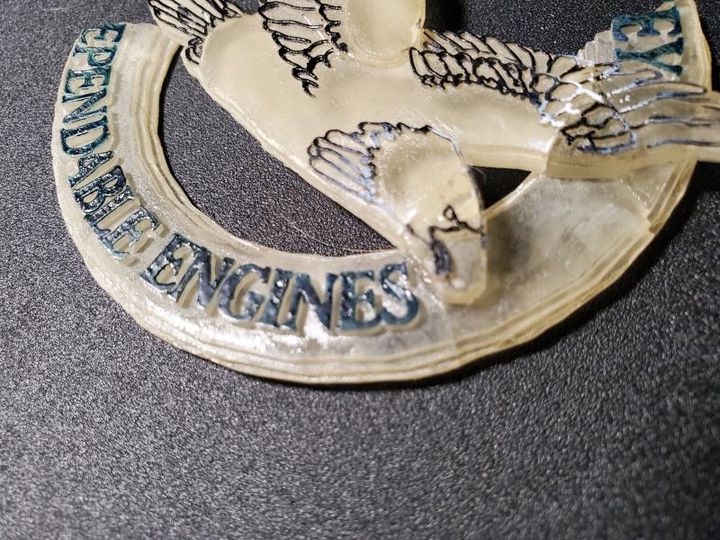
This week’s selection is a historic time capsule 3D print by James Harrison.
Time Capsule 3D Print
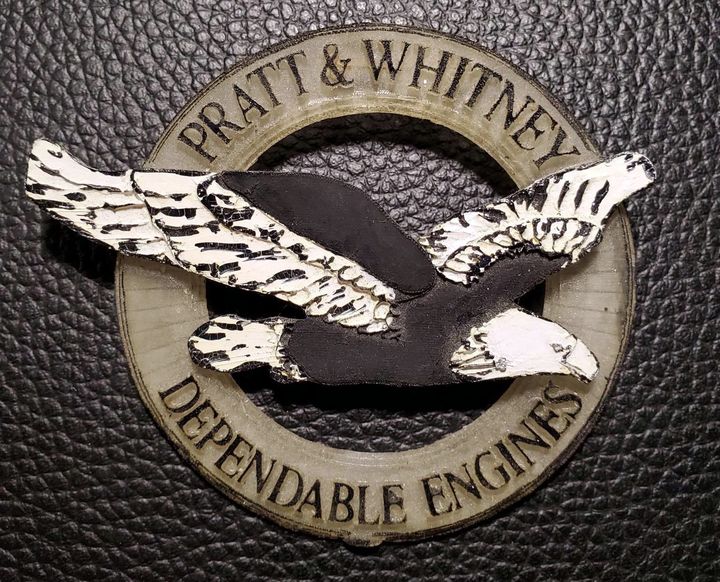
The print, revealed in a LinkedIn post by Harrison, was created way back in 1988 — that’s 32 years, ago, folks! To put this in perspective, that date is 20 years BEFORE MakerBot was founded.
The print is a visible demonstration of the age technology of 3D printing industry, which began in the 1980s when inventors like Chuck Hull and Scott Crump launched 3D Systems and Stratasys, respectively.
Harrison, an Additive Manufacturing Specialist currently at Cimquest, explained the story behind the 3D print:
“Here is one of the first parts built on the SLA-1 Beta 3D Printer. Notice the Stepping, mounding and support lines. We had to design the supports in CAD. It took 24 hours to slice this part on the NEC286. “Slice” was the term we used for processing the file in those days. It took another 24 hours to build, no sweeper arm, 3-9 minute wait time after dipping.”
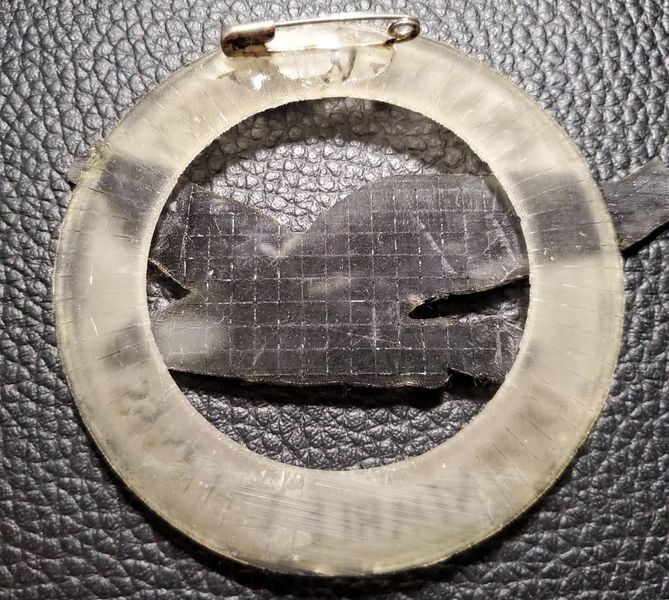
Indeed, early 3D printers were vastly less capable than today’s automatically calibrating behemoths. The materials were also extremely limited and their engineering properties ensured the prints were used only as prototypes.
You can see some of the print characteristics in the views of this ancient 3D print provided by Harrison. The layer lines are large and clearly visible; the edges are a bit jagged. It also seems to be broken in at least two places, as seen in the image at top.
It’s also 32 years old, and thermoplastics can age.
The SLA-1 3D Printer
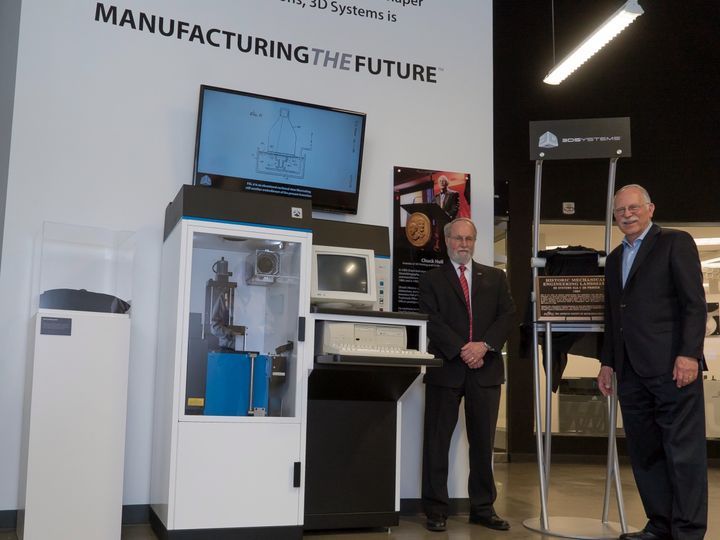
Not familiar with the SLA-1 3D printer? That’s not surprising, as it was 3D Systems’ very first 3D printer that was produced in the mid-1980s. I’m not sure if there are any devices still operating, decades after it was introduced, and I’ve never seen one myself.
However, in 2013 I was honored to be able to see and even touch the very first 3D printed object a few years ago. This simple object is held securely by 3D Systems and Hull, as it is also a very historic item.
In 2016 the SLA-1 was honored by the ASME by being designated a “Historic Mechanical Engineering Landmark”. 3D Systems said, at the time:
“In just 30 years, 3D printing has gained a foothold in a diversity of industries, earning the SLA-1 a place as an ASME Historic Mechanical Engineering Landmark. As a Landmark, the SLA-1 joins a list of over 260 game-changing innovations, including the Wright Flyer, Model T and Saturn V rocket.”
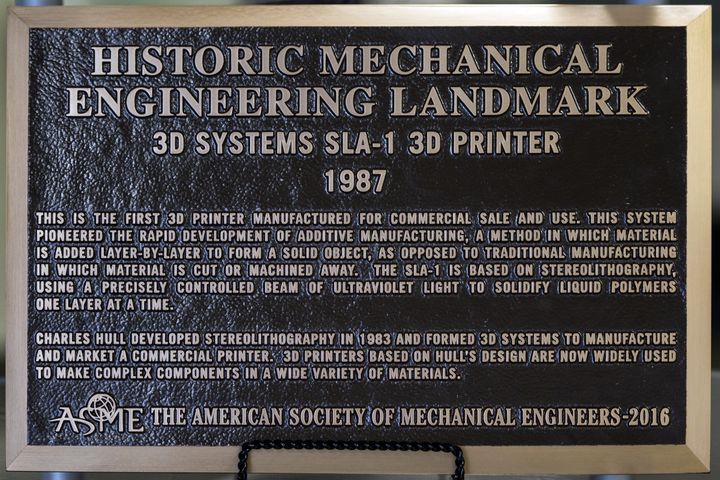
While this 1988 3D print shows us the progress that’s taken place over the past decades, remember that we’re all living in a stream of advancement, and the 3D prints you make today will someday be seen as crude, flimsy and, possibly, historic.
Always do your best job when 3D printing an object, because you never know who will be looking at it.
And when.
Via LinkedIn and 3D Systems
